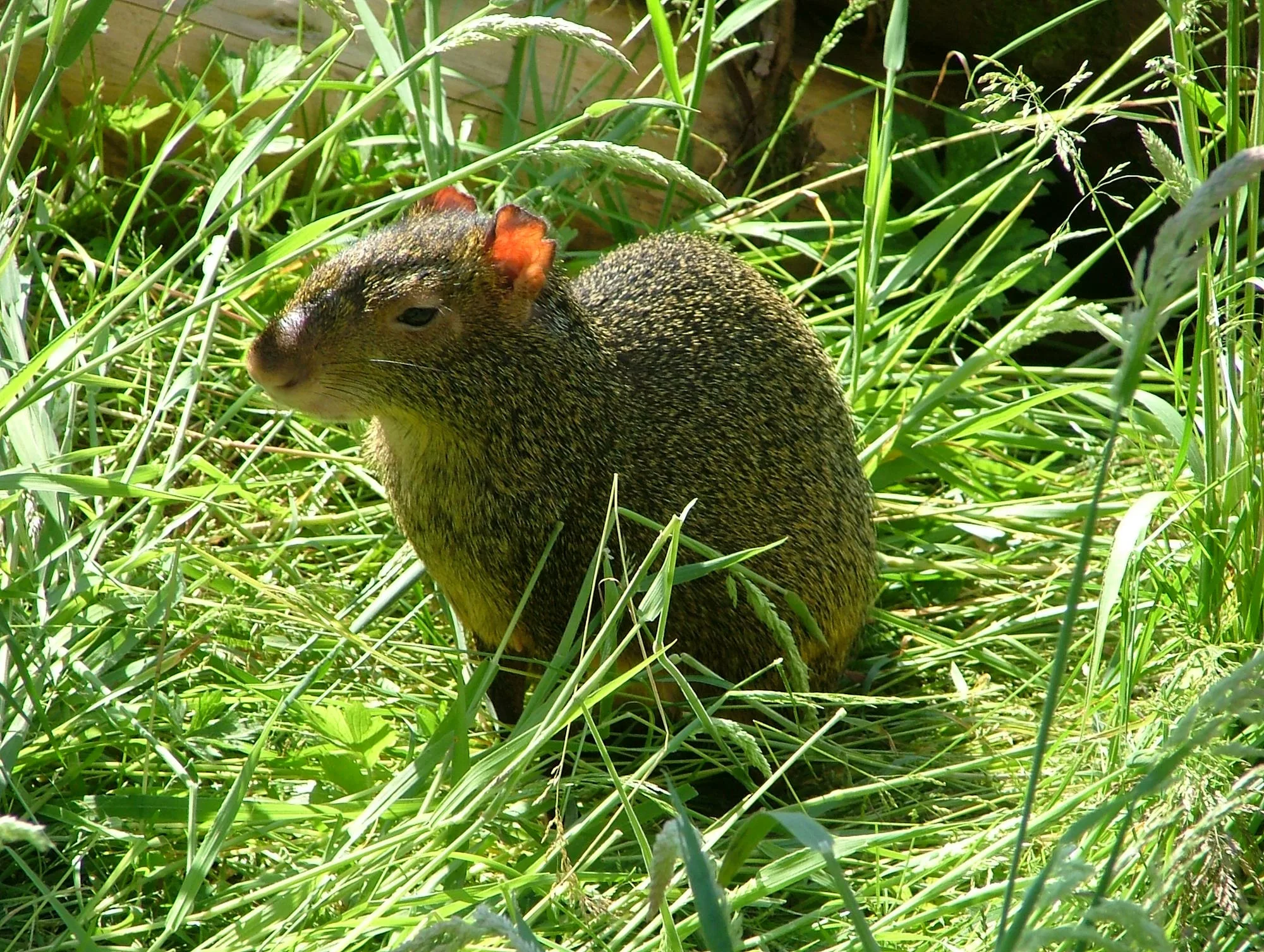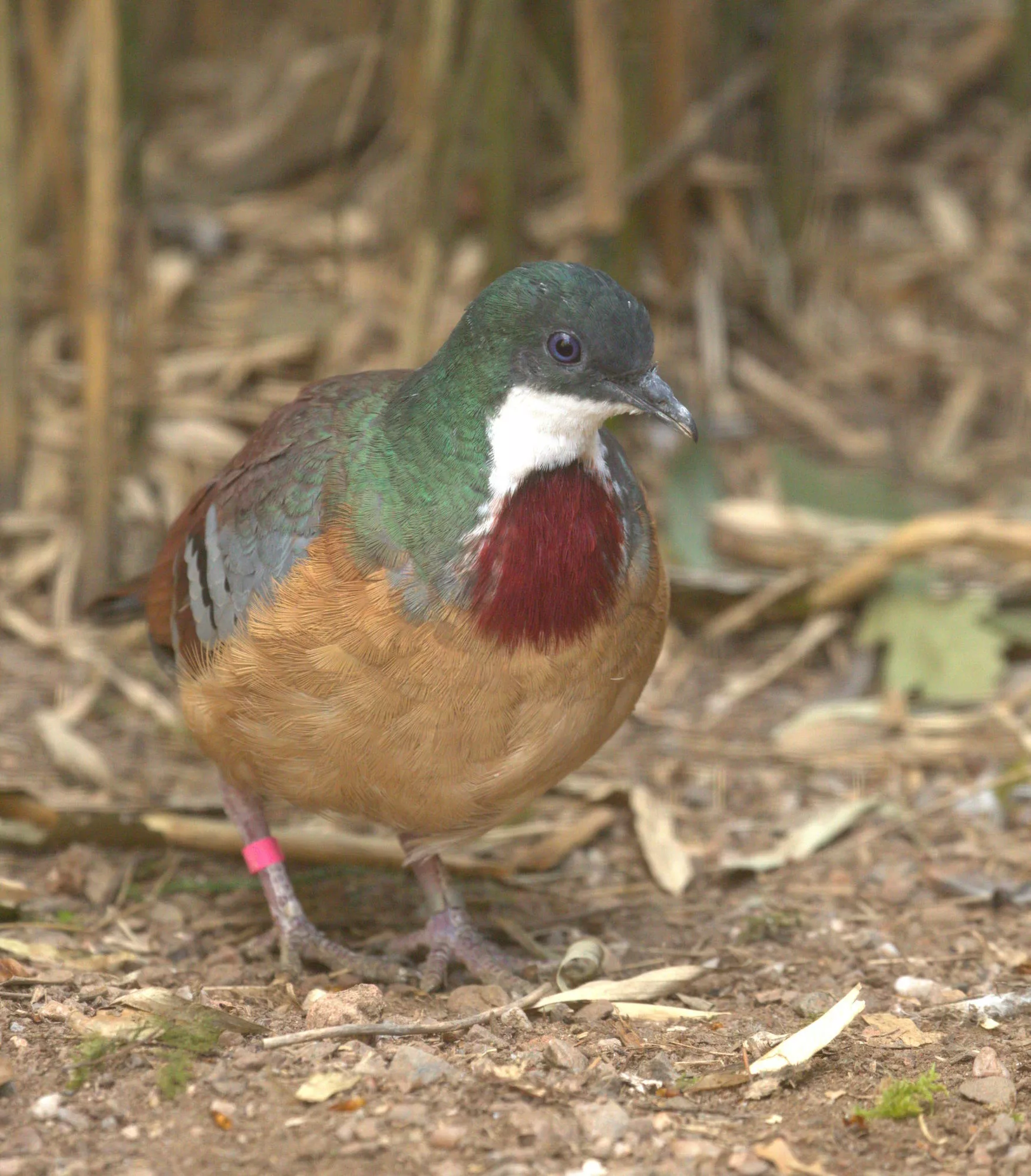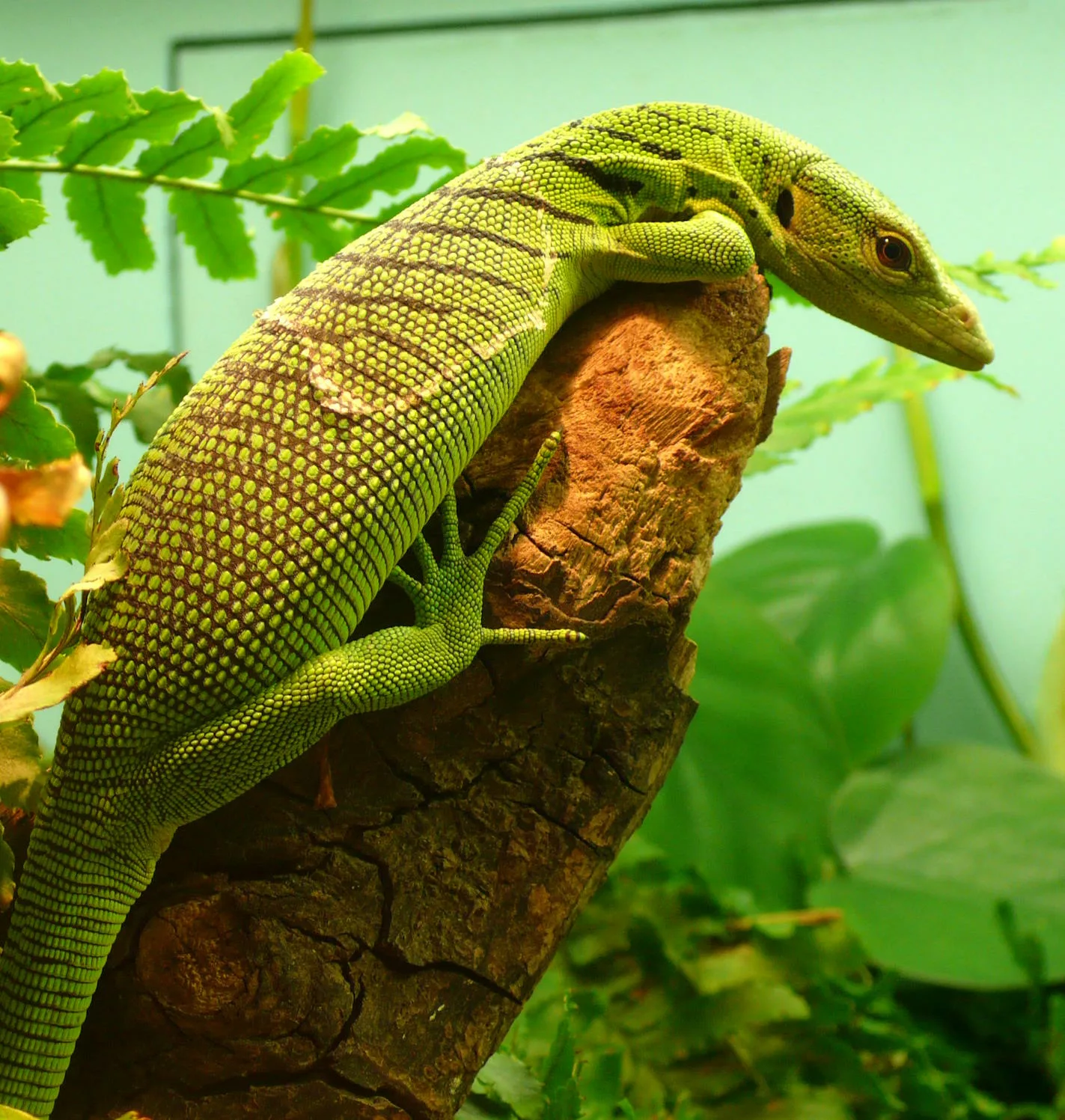
Red-tailed cockatoo
Scientific name: Calyptorhynchus banksii
IUCN listed as: Least Concern
Learn before you visit!
Here are some facts about the species – Discover what they eat, find out about their natural habitat, see what they like to do, and more… Set the reading style to suit you too, everyday speak or something aimed towards children.
Child-friendly
Everyday
Diet
The Red-Tailed Cockatoo has a diverse diet mainly consisting of seeds from eucalyptus, casuarina, acacia, and banksia trees. They also consume fruits, berries, flowers, nectar, and occasionally insects and larvae. These birds are highly nomadic, moving in search of food, particularly favouring areas where stringybark species have produced a high seed crop. Their powerful beaks are adept at cracking hard seeds and nuts, making them highly efficient foragers. This varied diet helps maintain their health and supports their long lifespan.
Red-Tailed Cockatoos eat mostly seeds from trees like eucalyptus and casuarina. They also enjoy fruits, flowers, and sometimes bugs. They travel around a lot to find their favourite foods. Their strong beaks help them crack open tough seeds and nuts.
Breeding
Breeding for the Red-Tailed Cockatoo can occur all year round depending on the subspecies and location. Typically, the female lays one to two eggs in a large tree hollow lined with wood dust. The incubation period lasts around 30 days, with chicks taking up to three months to fledge. Juvenile cockatoos often stay with their parents for several more months, learning to forage and fly. This extended care ensures higher survival rates for the young.
Red-Tailed Cockatoos can have babies all year. The mum lays 1-2 eggs in a tree hollow. The eggs hatch in about 30 days, and the chicks learn to fly in three months. The baby birds stay with their parents for a while to learn how to find food.
Habitat
Red-Tailed Cockatoos are found across various regions in Australia, inhabiting eucalyptus forests, woodlands, and grasslands. They are particularly associated with river systems where mature trees provide essential nesting sites. These habitats offer abundant food sources and shelter, essential for their breeding and survival. Habitat destruction from logging, agriculture, and urban development poses significant threats to their populations. Conservation efforts focus on preserving old-growth forests and creating artificial nesting sites.
Red-Tailed Cockatoos live in Australia in forests and grasslands. They need big, old trees to make their nests. These places give them food and shelter. Protecting these trees is important to keep the birds safe.
At the zoo
In zoos, Red-Tailed Cockatoos are provided with environments that simulate their natural habitats, complete with ample climbing structures and foraging opportunities. They are fed a diet of seeds, nuts, fruits, and vegetables to mimic their wild diet. These cockatoos are popular in educational programs due to their striking appearance and intelligent behaviours. Zoos play a crucial role in their conservation by participating in breeding programs and raising awareness about habitat destruction. Observing these birds in zoos helps people understand their ecological importance and the need for conservation efforts.
In zoos, Red-Tailed Cockatoos have places to climb and lots of different foods to eat. They get seeds, nuts, fruits, and veggies. Zoos teach people about these birds and help protect them. Watching them in zoos shows how important it is to save their homes.
Behaviour
Red-Tailed Cockatoos are known for their loud, metallic calls and social behaviour. They often travel in flocks, especially when food is abundant, and can form large groups of up to 2000 birds. These birds are monogamous, forming strong pair bonds that last for life. They use their strong beaks to break open nuts and seeds, and their zygodactyl feet allow them to climb and grasp branches efficiently. Their behaviour is characterised by social interactions and cooperative foraging.
Red-Tailed Cockatoos are noisy and like to be with other birds. They travel in big groups when there’s lots of food. They stay with one mate for life. Their strong beaks help them eat, and their feet help them climb trees.
Fun facts
- Vivid Colours: The males have bright red tail feathers that are strikingly visible during flight.
- Long Lifespan: They can live up to 50 years in the wild and even longer in captivity.
- Strong Beaks: Their beaks are powerful enough to crack open hard seeds and nuts.
- Monogamous Bonds: They mate for life, forming strong pair bonds.
- Social Structure: They can form large flocks, sometimes up to 2000 birds, especially in areas with abundant food.
- Bright Tails: Male cockatoos have bright red tails that look amazing when they fly.
- Long Lives: They can live up to 50 years or more.
- Strong Beaks: Their beaks are very strong and can break tough seeds and nuts.
- Loyal Pairs: They stay with one mate for their whole life.
- Big Groups: They can form huge flocks, sometimes with thousands of birds.
More animals to discover at our zoo
Quick Links
Tickets & Prices
You can buy tickets for Exmoor Zoo securely online, as well as finding out more price options, discover offers, and more…
What’s on…
Exmoor Zoo hosts incredible Events all through the year. You can find out about what we’ve got in store here…
Routes & info
Like any great discovery, Exmoor Zoo can feel a little off the beaten path – but don’t worry – you can plan your journey with our recommended routes and other useful travel info.



























